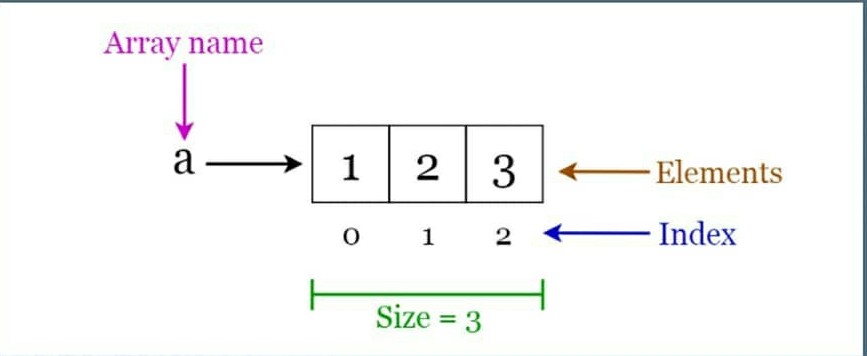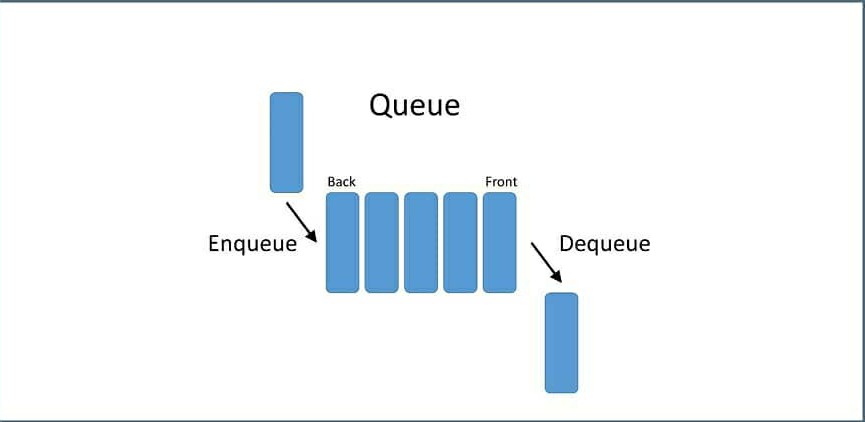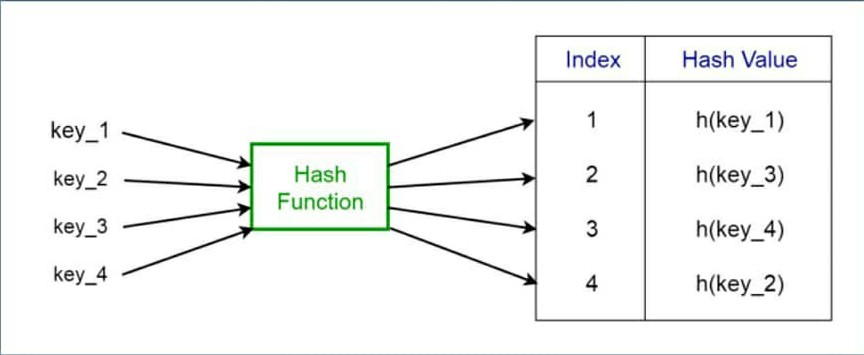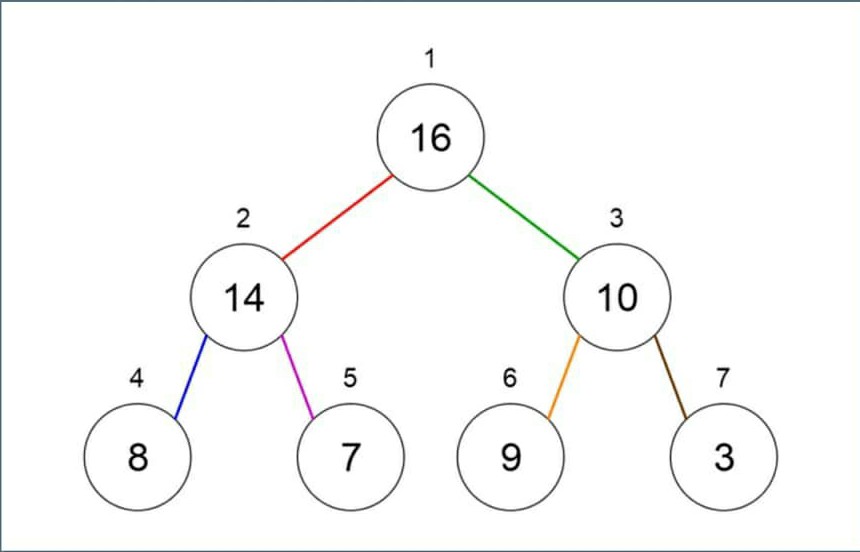Data structure is a way of data organization, management, and storage format that enables efficient access and modification. More precisely, a data structure is a collection of data values, the relationships among them, and the functions or operations that can be applied to the data.
Read One By One all eight important data structures:
Array

An array , is a data structure consisting of a collection of elements, each identified by at least one array index.
Linked List

A linked list is a sequential structure that consists of a sequence of items in linear order which are linked to each other.
Stack

Stack is a linear data structure which follows a particular order in which the operations are performed. The order may be LIFO (Last In First Out) or FILO (First In Last Out).
Queue

A Queue is linear structure which follows a particular order in which the operations are performed. The order is First In First Out (FIFO).
Hash Table

Hash Table is a data structure that implements an associative array of abstract data types, a structure that can map keys to values. A hash table uses a hash function to compute an index, also called a hash code, into an array of buckets or slots, from which the desired value can be found.
Tree

A tree is a widely used abstract data type that simulates a hierarchical tree structure, with a root value and subtrees of children with a parent node, represented as a set of linked nodes.
Heap

A heap is a special case of a binary tree where the parent nodes are compared to their children with their values and are arranged accordingly.
Graph

A Graph is a non-linear data structure consisting of nodes and edges. The nodes are sometimes also referred to as vertices and the edges are lines or arcs that connect any two nodes in the graph.
Recommended:
Implementation of Singly Linked List in Python
Understand The Singly Linked List and its Operation
Follow Me ❤😊
If you like my post please follow me to read my latest post on programming and technology.
